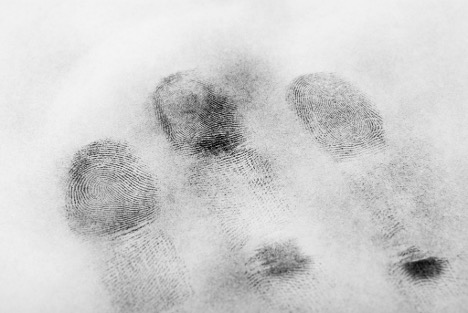It's Not Just for Crime Scene Investigators!
When you think of chain of custody does your mind go right to evidence collected at a crime scene? Thanks to the ubiquitous police procedural television shows everyone knows about bindle paper, trace evidence, latent prints, projectile trajectory analysis, and chain of custody just to name a few terms. In the case of law enforcement, the preservation of evidence and the chain of custody ensures its probative value in court. If just anyone could access evidence it would be worthless, as anyone could alter it.
In funeral service, the chain of custody is crucial to ensure the right person ends up in the right place at the right time during their journey while in the care of a funeral service professional. If the decedent is to be cremated as part of their journey, it’s even more important.
It is also the sacred duty of the funeral professional to ensure that the contractual wishes of the family of the deceased are met, if not exceeded. Obviously, this means the continued assurance that the deceased in our care is always treated with dignity and respect but also includes an iron-clad guarantee of the identity of the deceased throughout the process and a consistent and complete record of the chain of custody of the deceased during every step of the process. This is a procedure that must be performed consistently in funeral homes with or without a crematory, cemeteries, combos, and stand-alone crematories.

Gone are the days when a funeral director can say “We are a small-town funeral home. We know everyone we bury! We don’t need to go through all of this, we know exactly who everyone in our care is, and where they are at any given time.”
Until you don't.
Funeral professionals have a written process, they implement it, follow it consistently, and enforce it. The process starts at removal and continues until the deceased is at their final resting place or their cremated remains are returned to the person authorized to receive them. We confirm the identity of the decedent and document that confirmation throughout the process at certain checkpoints in the journey. We check the paperwork accompanying the decedent and compare it to their physical appearance or their Unique ID Control marker at each and every one of the checkpoints. Basically, anytime a decedent is transported from one place to another, their identity is checked, verified, and documented by whoever is doing the transport. These checkpoints are completed before, during, and even after cremation. The cremated remains of a decedent are treated exactly the same as they were before the cremation.
Checking the paperwork details against the physical appearance of the deceased is one part of the process, but if there is to be a cremation, there is even more. It is standard protocol to have a secondary unique identifier attached to every decedent for cremation, to further tighten the chain of custody. This can be as simple as a small metal coin that is pre-stamped with a unique control number. This number is documented on every piece of paperwork related to the decedent and the coin or tag physically stays with the deceased from start to finish. This tag is checked and verified to further assure the identity of the person. There are also decedent case management systems that keep track of the deceased in the care of the funeral establishment and can generate a unique QR code or bar code that prints on or is attached to all paperwork and the code also stays with the decedent so it can be electronically scanned during every checkpoint in the journey. Not only does the scan verify the identity, but it also documents the check into the case management system.
Cremation is irreversible. Cremation is final. You cannot un-cremate someone. Because of that and the fact that no DNA remains after the process is complete, cremation holds the highest amount of risk and liability for a funeral professional, but thankfully, we have developed and implemented Identification and Chain of Custody processes and procedures to make sure that it is your loved one who is returned to you or is placed in their final resting place as expected.
We Can Help
If you don't have an iron-clad ID/Chain of Custody protocol we can help.
From developing your process designed around how you do business to developing a comprehensive custom Standard Operating Procedure for your entire operation, Raven Plume Consulting is your solution.
Identification and Chain of Custody